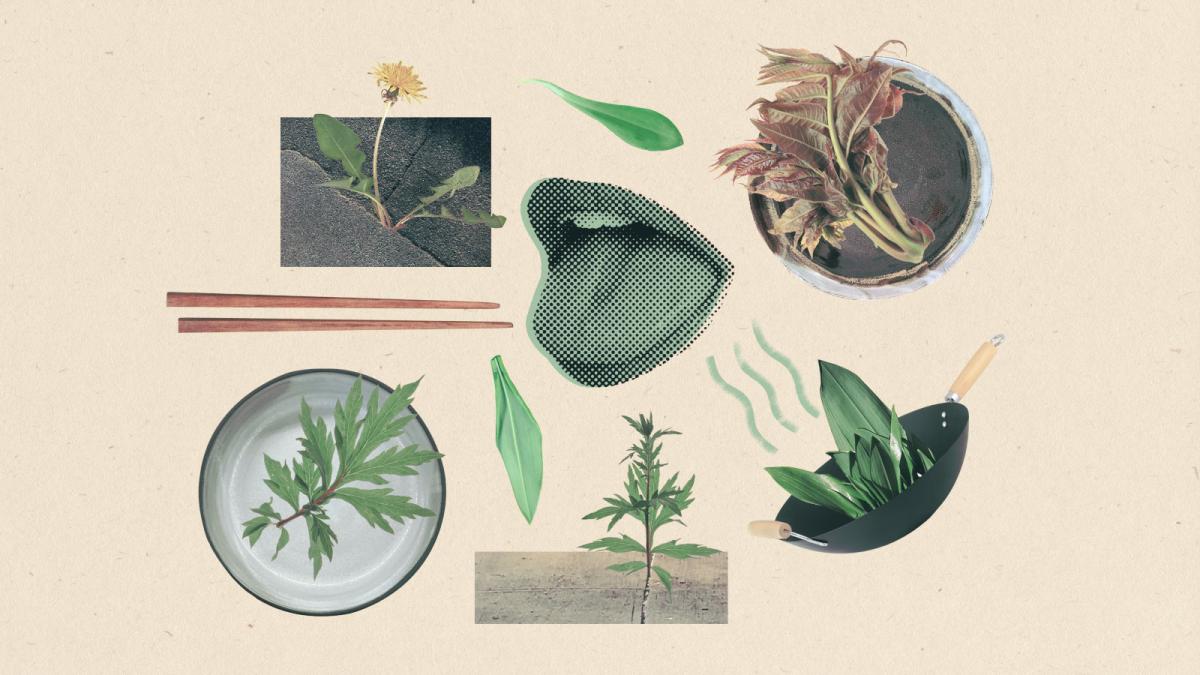This story is part of Grist’s Coming to our Senses series, a weeklong exploration of how climate change is reshaping the way we see, hear, smell, touch, and taste the world around us.
The first time I saw mugwort, I slipped and fell down a hillside in my haste to get to it, but my excitement was mislaid. I was on an edible plant tour of Central Park, guided by veteran forager and cookbook author Marie Viljoen, chasing new flavors to add to my practice as a Chinese cook. I spotted frilly green leaves and rushed to them, believing them to belong to the prized Chinese cooking green, crown daisy. But as I crouched in the dirt, post-tumble, Viljoen explained my error. Mugwort belongs to the Asteraceae family that includes crown daisy and sunflowers, and it shares some physical characteristics with its relatives. It also originally came from the Eurasian continent, where it is used culinarily and medicinally in many cultures, including in China.
Something about the plant and our shared ancestry captivated me. I thought I had a good understanding of important Chinese culinary herbs, yet here was one I’d never encountered, much less expect... Read more
